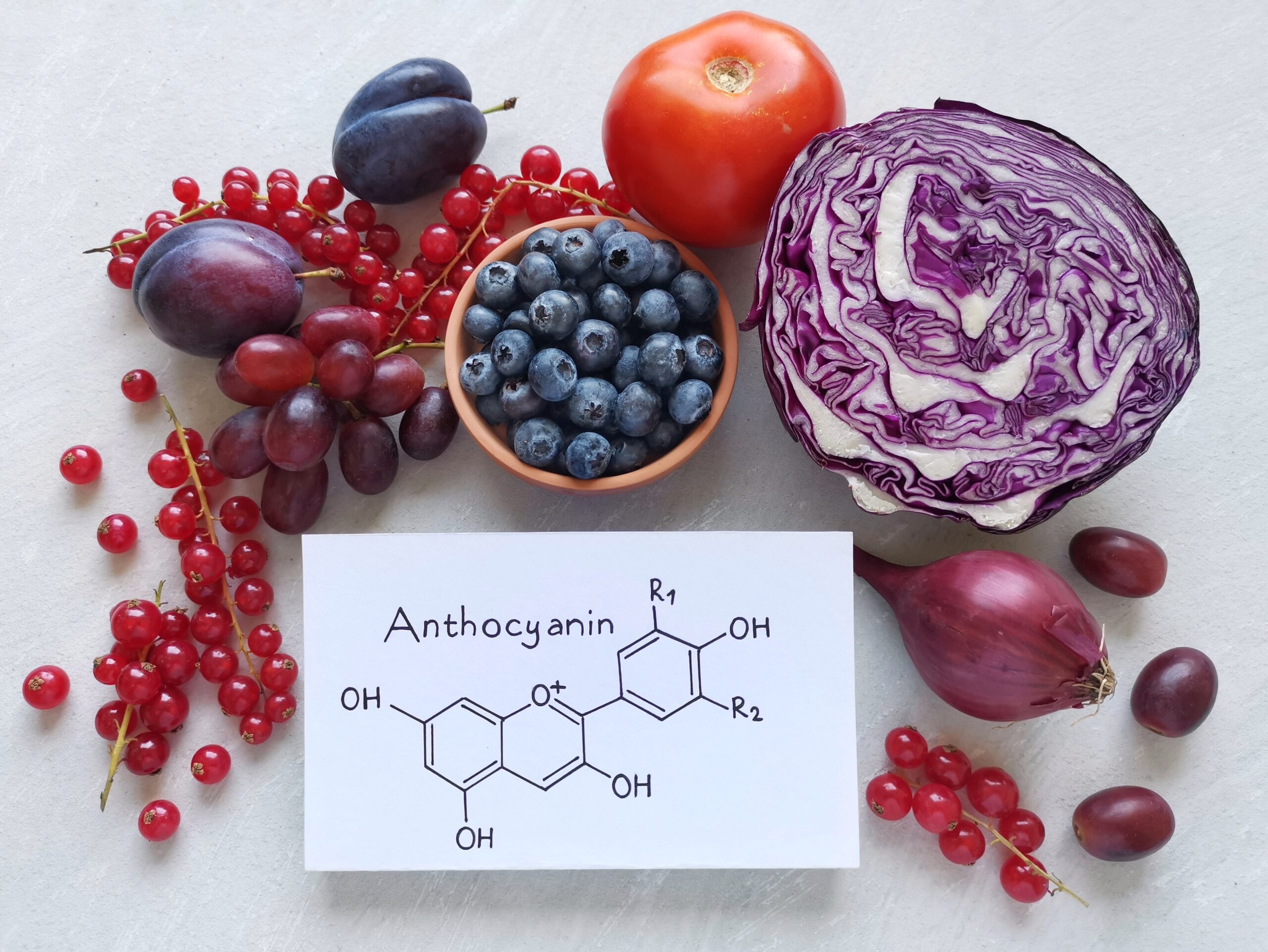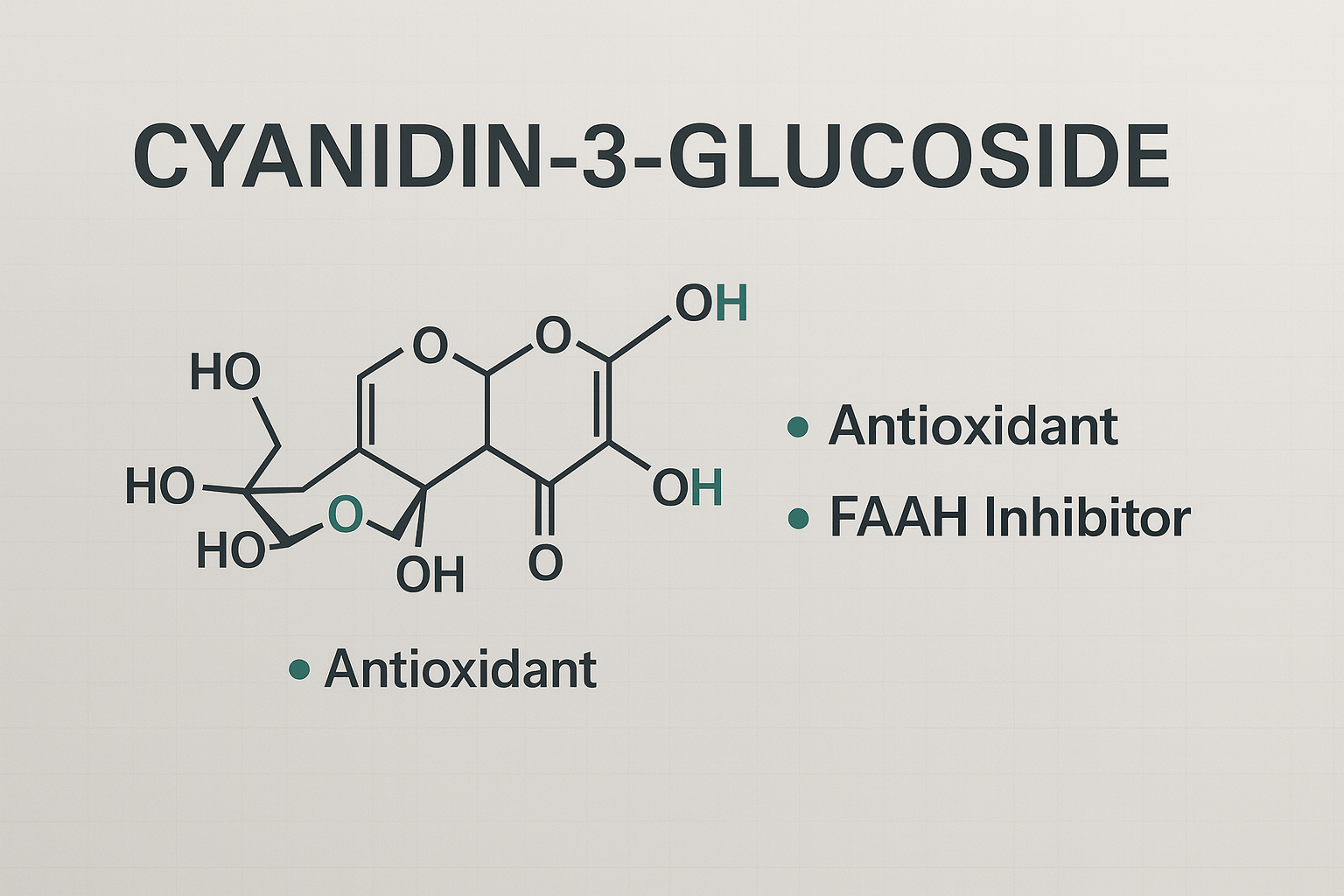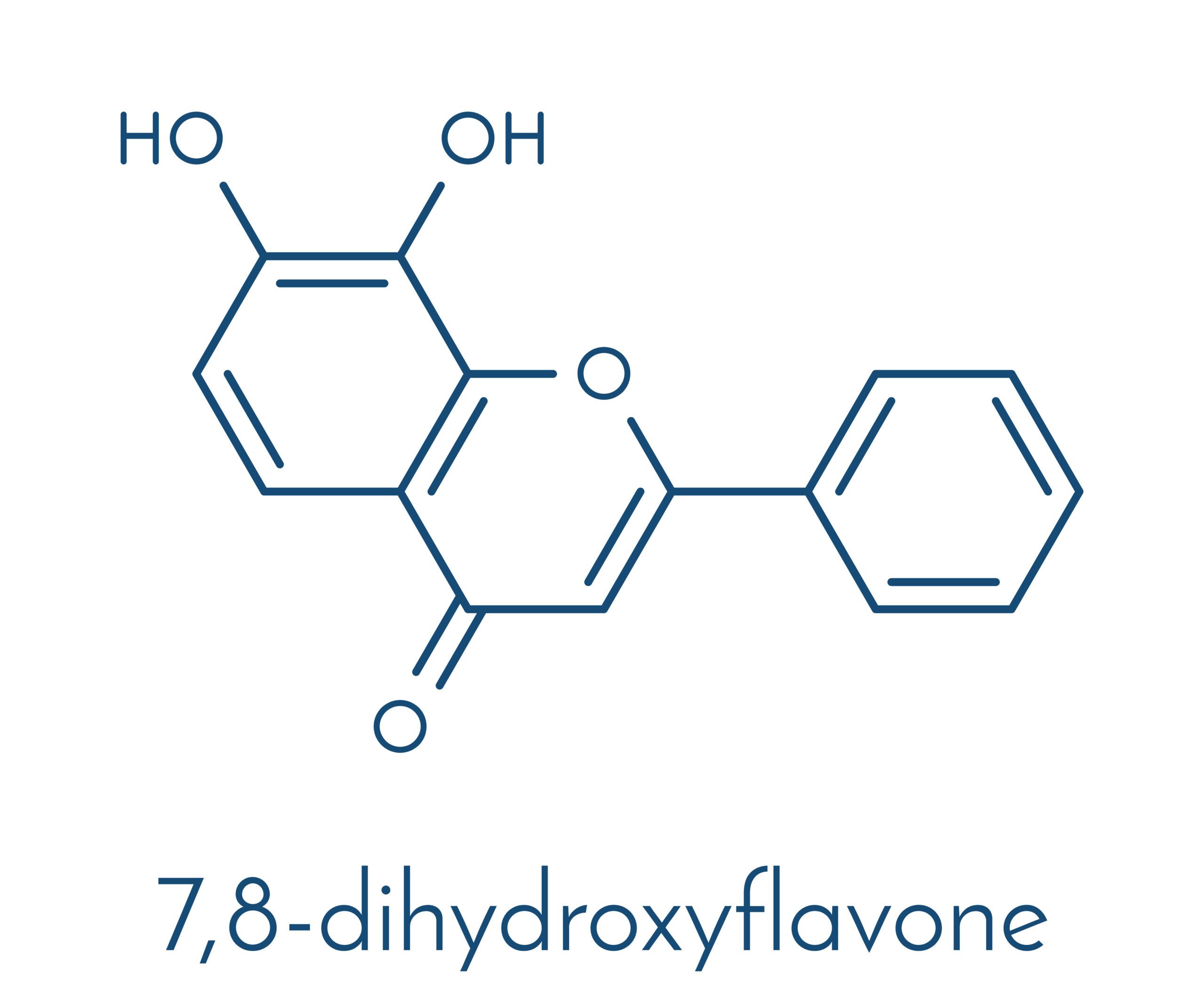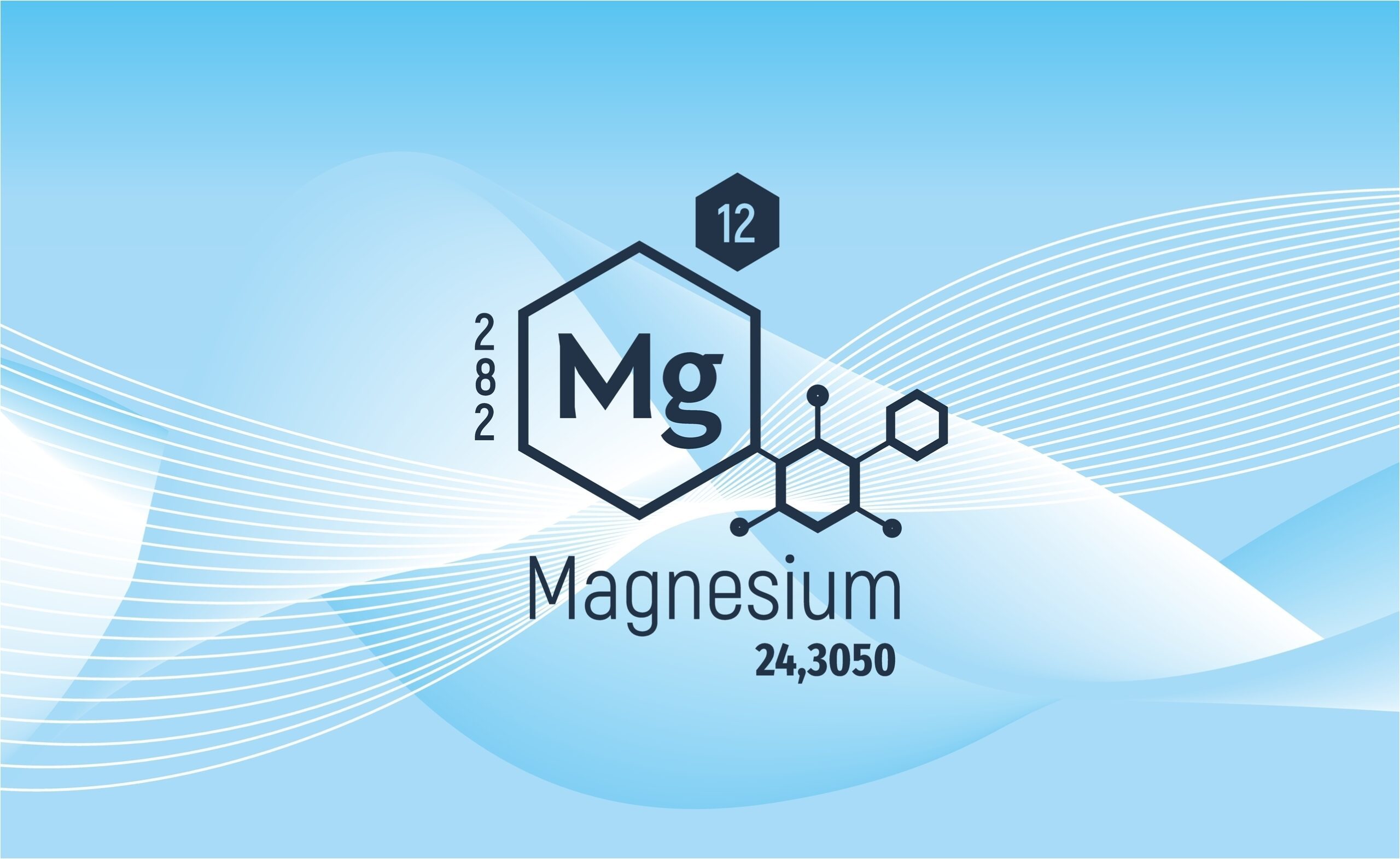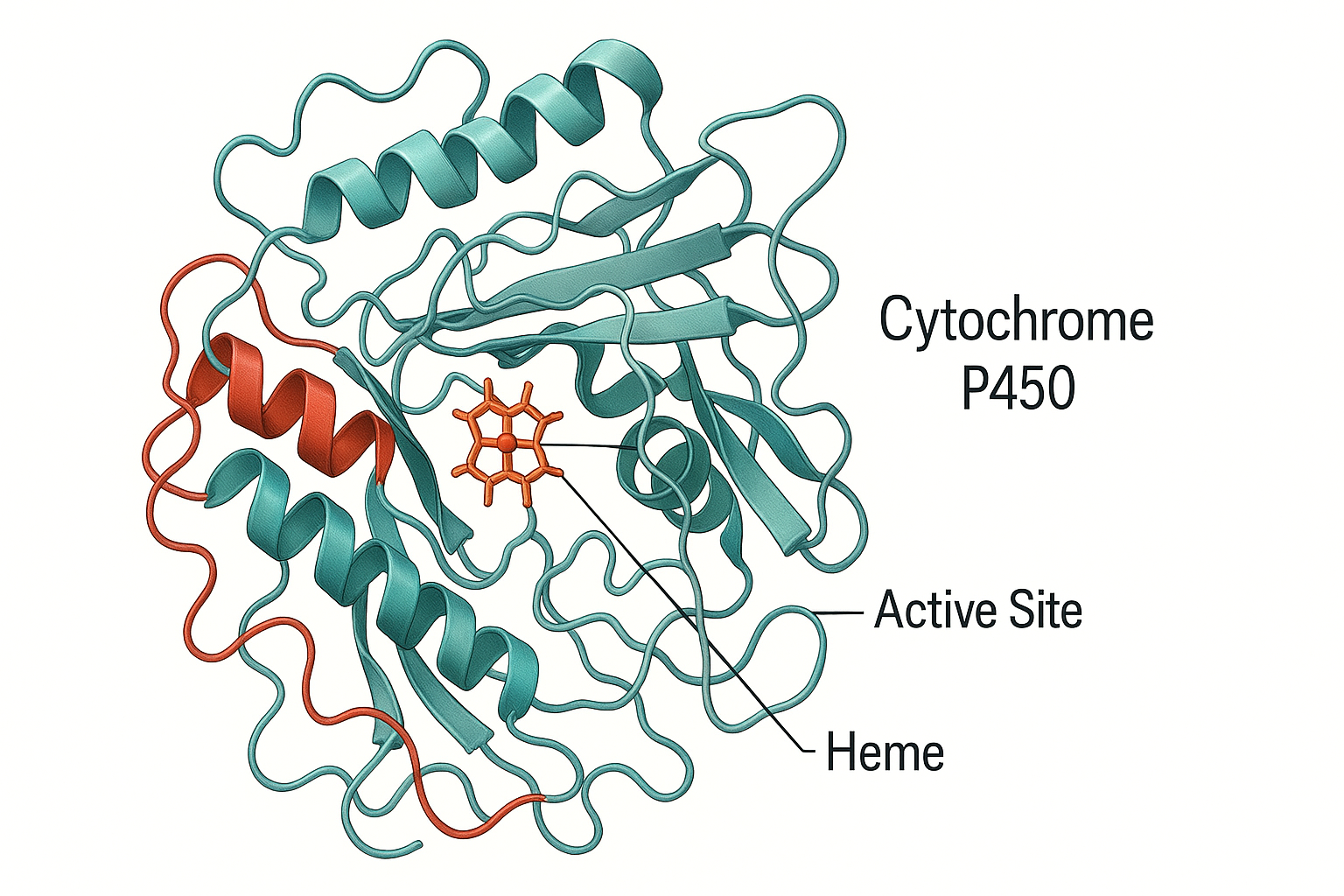The Importance of Anthocyanins in the Management of Neuropathic Pain
Neuropathic pain is a complex, often debilitating condition that results from damage or dysfunction within the nervous system. Unlike acute pain caused by injury, neuropathic pain persists without ongoing tissue damage and is frequently resistant to traditional painkillers. Patients often describe it as burning, shooting, or electric-like sensations, accompanied by heightened sensitivity and reduced quality of life.
While pharmaceutical treatments exist — such as antidepressants, anticonvulsants, and opioids — they are often accompanied by side effects and limited long-term efficacy. As a result, researchers and clinicians are increasingly exploring natural compounds with neuroprotective and anti-inflammatory properties. One group of compounds showing significant promise is anthocyanins — the colorful pigments found in berries, red cabbage, purple corn, and other deeply hued fruits and vegetables.
What Are Anthocyanins?
Anthocyanins are a type of flavonoid, a class of polyphenols responsible for the red, blue, and purple pigments in many plants. Beyond their aesthetic appeal, anthocyanins are potent antioxidants with a wide range of biological activities. They help plants protect themselves from UV radiation and pathogens, and in humans, they appear to exert protective effects against inflammation, oxidative stress, and nerve degeneration — key drivers of neuropathic pain.
Common dietary sources of anthocyanins include:
- Blueberries
- Blackberries
- Cherries
- Purple sweet potatoes
- Red grapes
- Elderberries
- Blackcurrants
How Anthocyanins May Help with Neuropathic Pain
Neuropathic pain involves a cascade of pathological changes in the nervous system, including:
- Chronic inflammation of nerve tissues
- Excessive production of reactive oxygen species (ROS) leading to oxidative stress
- Changes in neurotransmitter activity and ion channel expression
- Neurodegeneration and loss of protective myelin sheaths
Anthocyanins appear to address several of these mechanisms:
1. Anti-Inflammatory Effects
Anthocyanins inhibit the expression of pro-inflammatory cytokines such as TNF-α, IL-1β, and IL-6. These cytokines are major contributors to neuroinflammation, a key factor in the persistence of neuropathic pain.
2. Antioxidant Activity
By scavenging free radicals and upregulating the body’s own antioxidant defenses (e.g., glutathione and superoxide dismutase), anthocyanins reduce oxidative damage to nerve cells. This may help protect against further nerve degeneration and support healing.
3. Neuroprotection
Research suggests that anthocyanins may promote the survival of neurons by modulating signaling pathways like NF-κB, MAPK, and Nrf2, which are involved in cellular stress responses and inflammation.
4. Modulation of Pain Signaling
Some animal studies have shown that anthocyanin-rich extracts reduce mechanical allodynia (pain from non-painful stimuli) and thermal hyperalgesia (increased sensitivity to heat), indicating a direct role in modulating sensory processing.
Scientific Evidence
Several preclinical studies support the use of anthocyanins in managing neuropathic pain:
- A 2016 study published in Phytotherapy Research found that blackcurrant anthocyanins significantly reduced neuropathic pain behaviors in diabetic rats by suppressing oxidative stress and neuroinflammation.
- A 2019 animal study demonstrated that blueberry extract attenuated chemotherapy-induced neuropathic pain by modulating inflammatory cytokines and oxidative markers in the spinal cord.
- A 2021 review in Frontiers in Pharmacology highlighted multiple studies showing anthocyanins’ ability to inhibit key pain pathways, suggesting a potential therapeutic role in treating various neuropathic conditions, including diabetic neuropathy and post-injury nerve pain.
Though human trials are still limited, the consistency of preclinical findings provides a strong rationale for further research.
Dietary and Supplemental Considerations
Incorporating anthocyanin-rich foods into your diet may be a safe and natural approach to support nerve health and manage neuropathic pain. Daily consumption of dark-colored berries, purple corn, and red cabbage is both accessible and beneficial for overall health.
For therapeutic purposes, standardized anthocyanin supplements are also available and may offer higher potency. Doses used in studies typically range from 100–500 mg/day, but the optimal amount for treating neuropathic pain is still under investigation.
Safety and Side Effects
Anthocyanins are considered very safe, with few reported side effects even at high dietary levels. However, as with any supplement, individuals should consult with a healthcare provider, especially if they are taking medications or have chronic health conditions.
Conclusion
Neuropathic pain is notoriously difficult to treat, and current medications often provide incomplete relief. Anthocyanins offer a promising natural strategy to manage this condition by targeting its underlying causes: inflammation, oxidative stress, and nerve degeneration.
While more human trials are needed, the existing body of research suggests that anthocyanins — whether consumed through diet or supplements — could be an effective and well-tolerated addition to neuropathic pain management strategies.
Disclaimer: This article is for informational purposes only and is not intended to replace medical advice. Always consult with a healthcare professional before beginning any new supplement, especially if you are on medication or managing a health condition.

